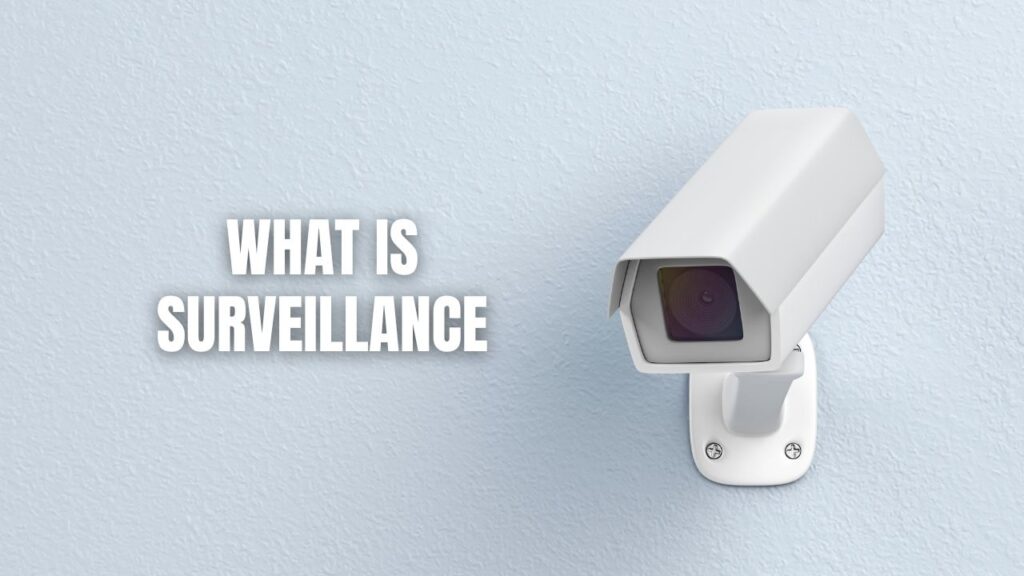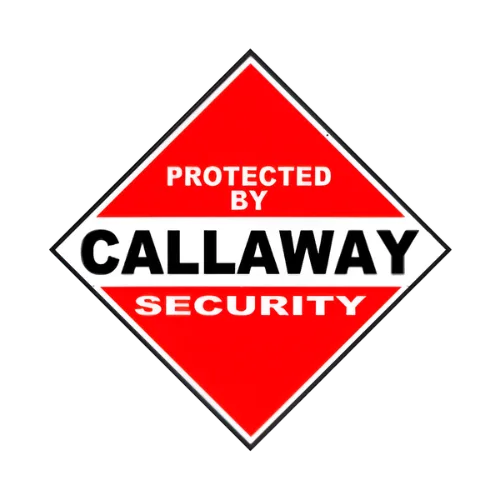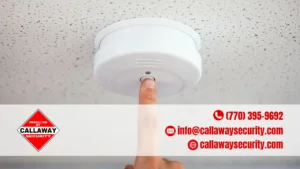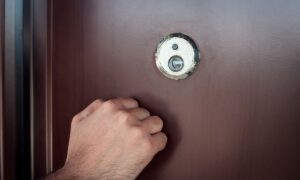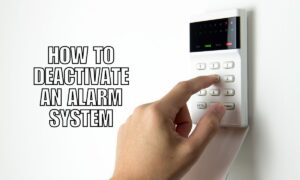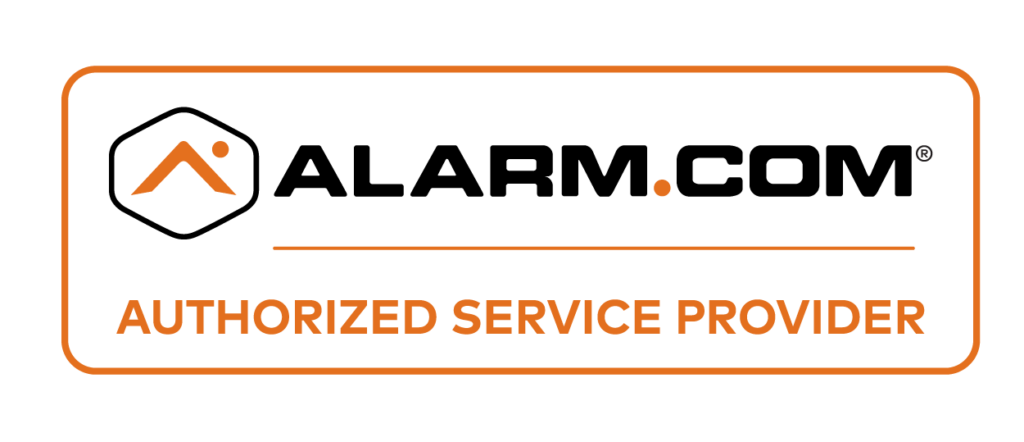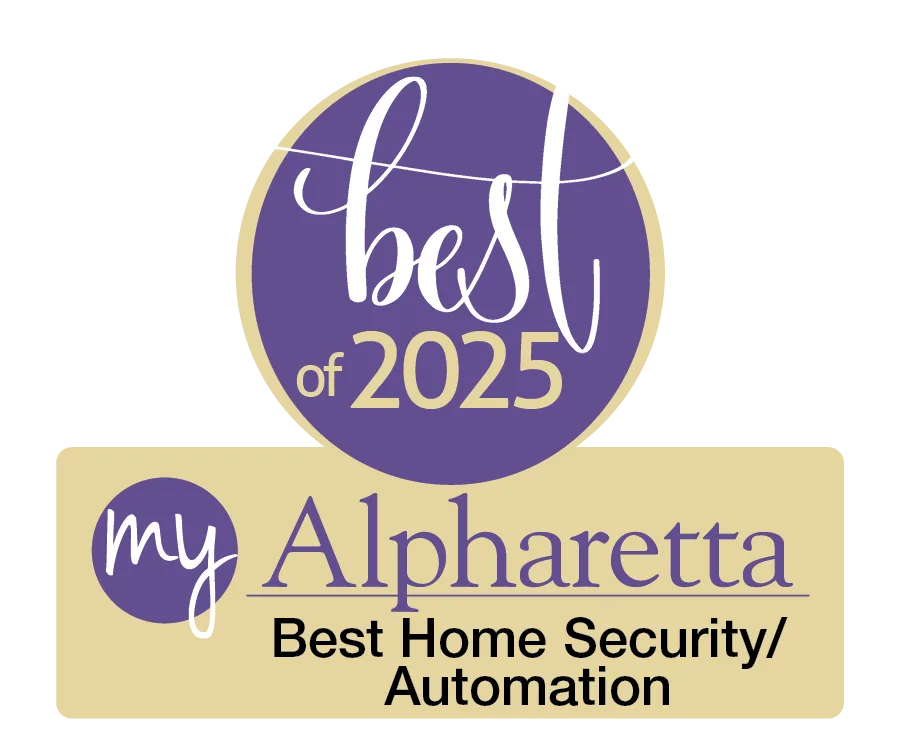Surveillance is the continuous monitoring of a location or individuals, often through electronic devices like security cameras. In home security, surveillance plays a vital role in preventing break-ins, keeping an eye on daily activities, and ensuring the safety of residents.
From deterring criminals to providing real-time monitoring and remote access, surveillance systems enhance security and peace of mind for homeowners. With advanced technology, modern surveillance integrates features like motion detection, night vision, and smart alerts, making it an essential component of home protection.
Key Takeaways:
- Surveillance deters criminals by making homes less attractive targets.
- Real-time monitoring helps homeowners keep track of their property 24/7.
- Evidence collection provides crucial footage in case of incidents.
- Remote access allows users to view live feeds from anywhere.
- Enhanced safety ensures protection for family members and pets.
- Integration with other security systems creates a comprehensive security network.
- Potentially lowers insurance premiums due to added security measures.
- Improves situational awareness by monitoring multiple areas at once.

Understanding Surveillance in Home Security
What is Surveillance in the Context of Home Security?
Surveillance involves using cameras, sensors, and other monitoring devices to oversee a specific area. Home security surveillance ensures that residents can monitor their surroundings, detect threats early, and act swiftly in case of emergencies.
How Surveillance Works in Home Security
Surveillance systems typically consist of:
- Cameras (CCTV, IP cameras, doorbell cameras)
- Motion detectors (infrared, ultrasonic, microwave-based)
- Sensors (window and door sensors, glass-break detectors)
- Recording devices (DVRs, cloud storage, local storage options)
- Monitoring software (mobile apps, home automation integrations)
These elements work together to provide real-time security updates and footage for homeowners.
The Role of Surveillance in Home Security
1. Deterring Crime Before It Happens
One of the most significant benefits of home surveillance is its deterrence effect. Criminals are less likely to target homes equipped with visible security cameras. Studies have shown that burglars often avoid properties with noticeable surveillance systems.
2. Real-Time Monitoring for Immediate Awareness
Modern surveillance systems allow homeowners to monitor live footage through smartphones, tablets, or computers. Whether you’re at work, on vacation, or inside your home, you can always stay informed about what’s happening around your property.
3. Collecting Evidence for Investigations
In the unfortunate event of a break-in, security cameras provide high-definition footage that can aid law enforcement in identifying suspects. This footage is also valuable for insurance claims, offering undeniable proof of incidents.
4. Remote Access and Smart Alerts
With the rise of smart home security, many surveillance systems offer remote access, enabling users to:
- View live footage from anywhere in the world.
- Receive instant alerts when motion is detected.
- Communicate with visitors using two-way audio.
5. Enhancing Family Safety
Surveillance is not just about preventing crime; it also helps in ensuring the safety of loved ones. Parents can monitor children, check in on elderly family members, and ensure pets are safe—all from their mobile devices.
6. Integrating with Other Security Systems
Surveillance cameras seamlessly integrate with other home security components like:
- Alarm systems – triggering alerts when suspicious activity is detected.
- Smart locks – granting or restricting access remotely.
- Lighting systems – activating lights when motion is detected.
7. Increasing Property Value and Reducing Insurance Costs
Homes with installed surveillance systems may see an increase in value due to added security features. Additionally, many insurance providers offer discounts for homes equipped with security systems, leading to potential savings.
Types of Home Surveillance Systems
1. Wired Surveillance Systems
- Pros: Reliable connection, no interference, high-quality footage.
- Cons: Requires professional installation, limited flexibility.
2. Wireless Surveillance Systems
- Pros: Easy to install, flexible placement, remote access.
- Cons: Potential interference, battery maintenance required.
3. Smart Home Security Cameras
- Pros: Cloud storage, AI-based motion detection, remote control.
- Cons: Subscription fees for cloud storage, dependent on internet connection.
4. Doorbell Cameras
- Pros: Monitors front door activity, records deliveries, two-way communication.
- Cons: Limited field of view, may require Wi-Fi signal boost.
5. Outdoor Security Cameras
- Pros: Wide coverage, weather-resistant, night vision capabilities.
- Cons: Requires outdoor installation, potential visibility to intruders.
6. Indoor Surveillance Cameras
- Pros: Ideal for monitoring kids, elderly, and pets.
- Cons: Limited use for external threats.
Additional Facts About Surveillance in Home Security
- Artificial Intelligence (AI) is revolutionizing surveillance with facial recognition and object detection.
- Night vision cameras enhance visibility in low-light conditions.
- Cloud storage options provide secure access to footage from anywhere.
- Cybersecurity is crucial in protecting surveillance footage from hackers.
- Legal considerations include understanding privacy laws related to home surveillance.
Frequently Asked Questions (FAQs)
1. How much does a home surveillance system cost?
Costs vary depending on features, brand, and installation. A basic system can start at $100, while advanced setups with multiple cameras and cloud storage can exceed $500.
2. Can surveillance cameras be hacked?
Yes, but using strong passwords, two-factor authentication, and secure networks minimizes the risk.
3. Do security cameras work without Wi-Fi?
Wired and local storage cameras work without Wi-Fi, but smart cameras require an internet connection for remote access.
4. Are fake security cameras effective?
They may deter some criminals, but real surveillance systems provide actual protection and evidence collection.
5. What is the best placement for home security cameras?
- Front and back doors – Most common entry points.
- Driveways and garages – Protects vehicles and storage.
- Windows facing streets – Covers potential break-in locations.
- Living rooms and hallways – Ensures indoor monitoring.
Why Surveillance Is Essential for Home Security
Surveillance is a critical component of modern home security, offering deterrence, real-time monitoring, and peace of mind. By integrating surveillance cameras with smart home technology, homeowners can ensure the safety of their families, deter potential threats, and have access to crucial footage when needed. Investing in a reliable surveillance system enhances security, improves home value, and ultimately creates a safer living environment for everyone.
Need additional surveillance for your home or business? Consider Callaway Security™™ for top-notch surveillance systems.

